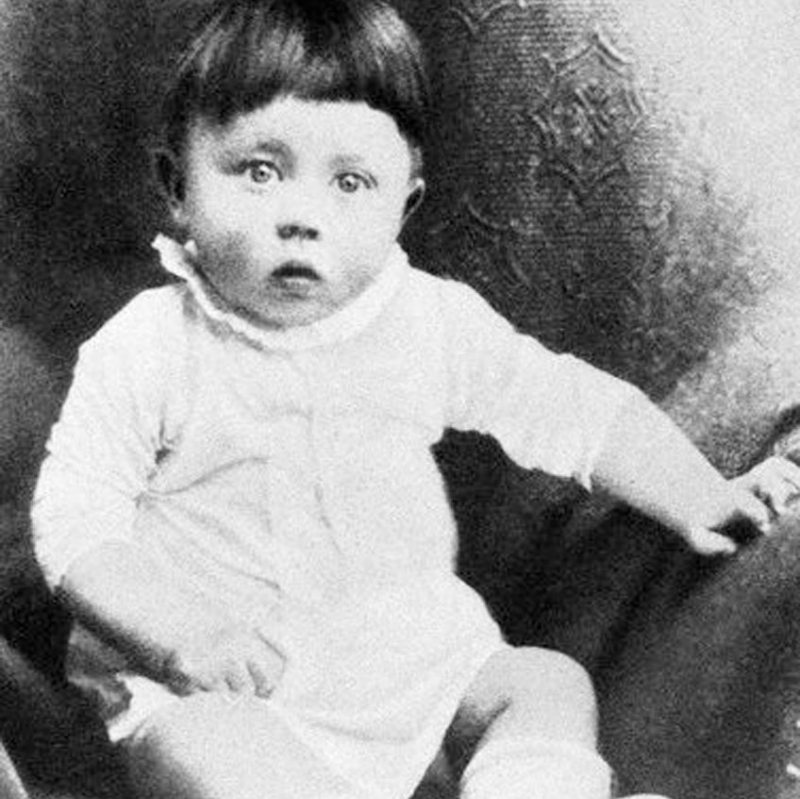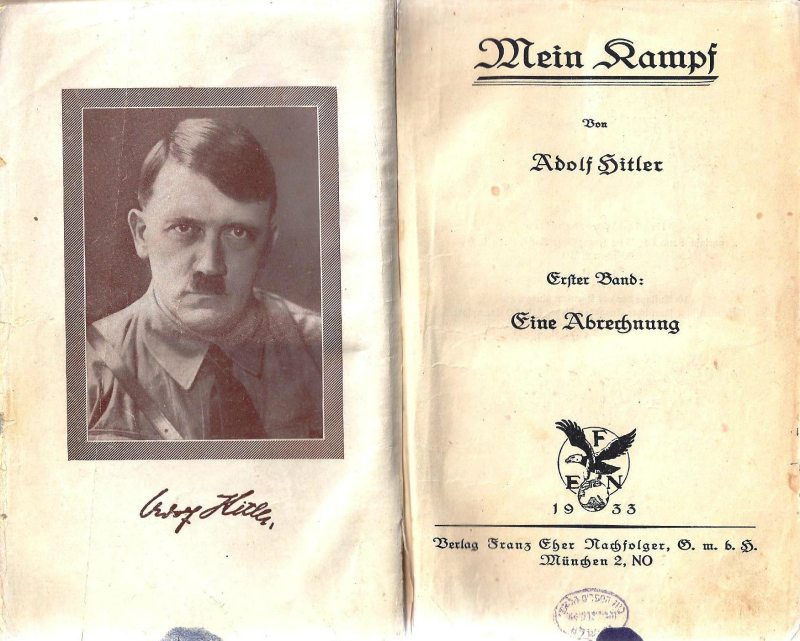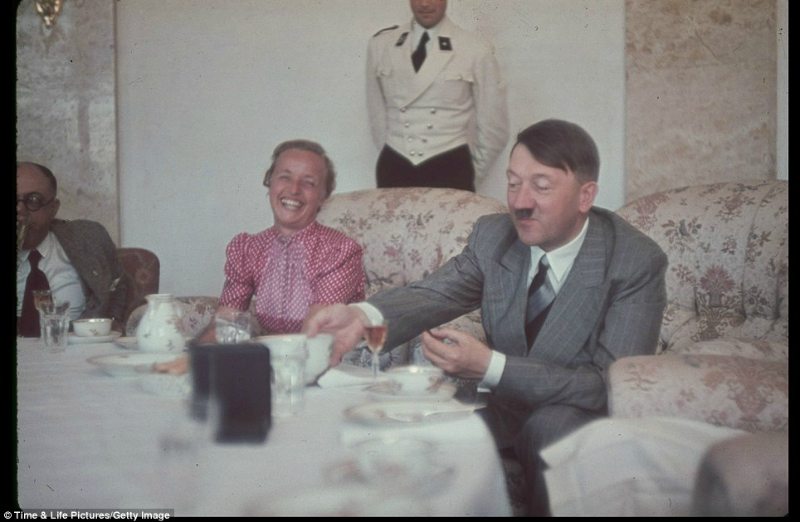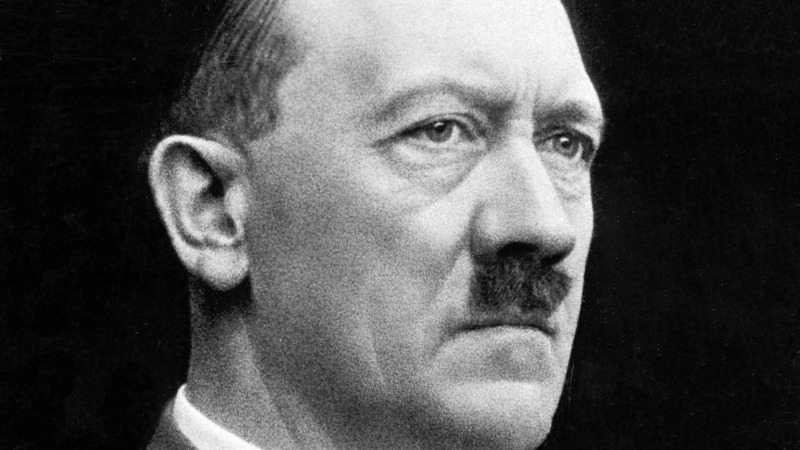Adolf Hitler
Episode #5 of the course Deadliest dictators in history
Adolf Hitler (1889–1945) has become a name that is virtually synonymous with “evil.” Hitler held many positions of power in Germany—leader of the Nazi party, national chancellor, and Führer (or “Leader”)—from 1933 to 1945. It is largely agreed that Hitler’s actions caused World War II, the series of international conflicts that killed over 60 million people. During this time, Hitler directed the systematic extermination of between 8 and 11 million people in concentration camps. Most of the victims (over 6 million) were European Jews, although Romani people (“gypsies”), homosexuals, communists, Muslims, and other groups suffered massive casualties as well.

Adolf Hitler as a baby.
Adolf Hitler was born in Austria and served in the German army during World War I. He fought along the western front in France and served as a front-line messenger. He was a strong nationalist supporter and became bitter after the war. Hitler returned to Berlin to serve German military intelligence efforts and became politically active. He began to rise to power, but after a failed coup, he was tried for treason and imprisoned for a year. In prison, he wrote the first chapters of his famous work, Mein Kampf, which means “My Struggle.” In his book, he laid out his plans for Germany’s future.

Mein Kampf frontispiece, 1933.
Credit: http://web.nli.org.il/sites/NLI/English/collections/personalsites/Israel-Germany/Weimar-Republic/Pages/Mein-Kampf.aspx
Hitler became chancellor of Germany in 1933 and began to consolidate power. By 1934, he had the army mobilized for war and began enacting racially based policies to “purify” Germany. Non-Aryans were denied applications for citizenship, and strict policies against government opposition were enacted. Jewish people and others who may be “enemies of the state” were also forced to register and subject themselves to public monitoring and discrimination. In 1938, the concentration and extermination camps began operating. Although Hitler probably never visited these camps and did not speak about the killing, all activity was known to him and under his directive.
In 1940, Germany invaded Poland and began attacking other European countries. Hitler also allied with Italy and Japan. He ordered bombings on England with the goal to invade. In 1941, Hitler violated a non-aggression pact with Stalin and attempted to invade Russia. At every step, people from every continent were losing their lives as the battlefields expanded and alliances were strengthened with fresh supplies of troops.

Hitler’s triumphant tour of Paris.
Russia repelled the German invasion at the same time that the Allied forces—including the US, the British Empire, and China—were expelling Nazi occupation throughout Europe. Increasingly paranoid and clearly knowledgeable about the oncoming end of the war and his dream, Adolf Hitler committed suicide in a bunker outside of Berlin in 1945. Germany surrendered a few days later.

Jaeger captured this informal shot of Hitler with wife of Gauleiter Albert Forster at his Upper Bavaria estate in the late 30s.
Adolf Hitler’s legacy touches nearly every country. It is because of World War II and the eugenics-inspired Holocaust Hitler performed that the country of Israel was established in 1948. Some of the concentration camps, like Auschwitz, remain active and open memorials to the victims of his policies of terror even 70 years after his death.
Recommended books
Share with friends

